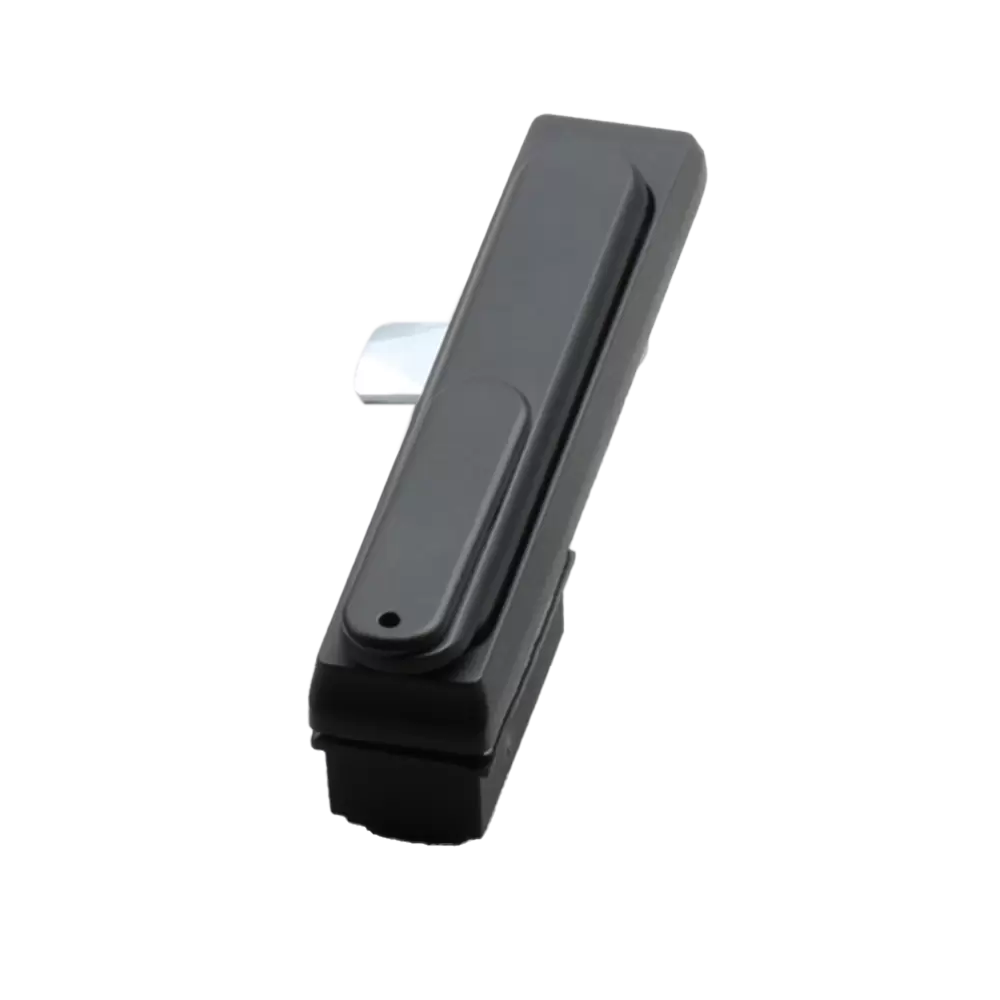Lock control plays a critical role in ensuring safety, operational efficiency, and regulatory compliance within manufacturing environments. As industries become more complex and interconnected, the need for robust and adaptable locking systems has never been greater. This article Shengjiu explores the intricacies of lock control, including its applications and importance in manufacturing.

The Importance of Lock Control in Manufacturing
Lock control is foundational in protecting both assets and personnel in manufacturing and processing environments. In an industry where machinery and sensitive data are prime targets for theft or unauthorized access, industrial locks serve as a line of defense against potential breaches. Whether for high-security access points, machines, or hazardous areas, the reliability and security provided by lock control are paramount. Not only does lock control prevent unauthorized entry, but it also ensures that employees can only access areas within their clearance level. This form of access control helps mitigate the risk of accidents, equipment damage, and security breaches. Moreover, lock control supports the regulatory compliance required by industries such as pharmaceuticals, automotive manufacturing, and energy, where stringent standards must be met.
Lock Control Applications in Manufacturing
Lock control is versatile and finds applications across various sectors, particularly in manufacturing. It goes beyond basic security by streamlining operations, improving efficiency, and ensuring compliance with safety standards. Below are some key applications:
1. Access Regulation in High-Security Zones
Many industrial facilities have zones that require strict access control, such as research and development areas, cleanrooms, or control centers. Lock control ensures that only authorized personnel with the proper credentials can access these high-security zones. In pharmaceutical manufacturing, for instance, cleanrooms must maintain sterile environments to ensure product quality. Lock control systems can be programmed to grant access only to individuals with the necessary qualifications, reducing the risk of contamination. These locks may use biometric scans, RFID cards, or PIN-based authentication to enhance security. Beyond security, access regulation also allows for better workflow management. By tracking who enters and exits specific areas, facility managers can monitor productivity and identify potential bottlenecks in operations.
2. Machine Safety Lockouts
In manufacturing, machinery presents one of the greatest risks to employee safety. Lock control is essential for implementing lockout/tagout (LOTO) procedures, which ensure that machines cannot be powered on during maintenance or repair activities.Lock control systems for LOTO are often integrated with electronic or physical mechanisms to lock machinery in a powered-off state. This prevents accidental startups, which could result in severe injury or damage. Remote locking features allow operators to lock out machinery from a control panel or mobile device, further enhancing safety protocols. For example, in automotive manufacturing, robotic arms and conveyor belts require routine maintenance. Lock control ensures that these systems remain powered off until the maintenance team completes their tasks, preventing accidents and ensuring compliance with safety standards.
3. Hazardous Material Management
Facilities dealing with hazardous materials, such as chemicals, explosives, or toxic substances, rely heavily on lock control to limit access to authorized personnel. These systems integrate with monitoring tools to track access and ensure the safety of workers and the environment. In chemical manufacturing plants, lock control prevents unauthorized entry to storage areas containing volatile chemicals. By requiring multi-factor authentication, such as biometric scans or dual-credential systems, these locks minimize the risk of accidents caused by untrained personnel handling dangerous substances. Additionally, these systems often feature real-time alerts that notify supervisors of any attempted breach, enabling quick action to mitigate risks.
4. Temporary Access for Contractors
Industrial facilities frequently employ contractors or temporary workers for specific projects. Granting unrestricted access to these individuals poses security and operational risks. Lock control systems allow for the creation of temporary access credentials that expire automatically after the project is completed. For example, in a construction project within a manufacturing plant, contractors can be provided access only to specific areas and during specific hours. This reduces the risk of unauthorized entry into sensitive areas and ensures better control over temporary personnel.
Lock control is a critical aspect of modern industrial operations, safeguarding assets, ensuring safety, and boosting operational efficiency. By leveraging advanced technologies such as IoT, AI, and cloud-based systems, organizations can implement robust and adaptable lock control solutions tailored to their specific needs. Whether protecting sensitive data, securing hazardous materials, or streamlining workflows, lock control provides the foundation for a secure and efficient industrial environment.






